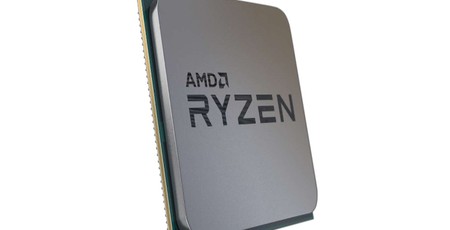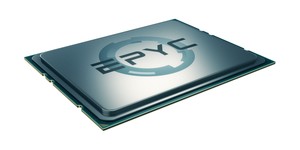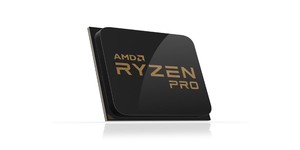AMD boasts of recent Ryzen performance gains
June 26, 2017 | 09:00
Companies: #amd #crystal-dynamics #pixologic

Chip-maker AMD has published performance testing for two packages - Rise of the Tomb Raider and Puxologic's ZBrush - as evidence of how performance is increasing as developers tune their software to the company's Zen microarchitecture.
Published to the AMD community site late last week, Robert Hallock's blog post aims to convince those still on the fence regarding his company's Zen microarchitecture as found in the mainstream Ryzen chips with the promise of boosted performance as developers tweak their software to take advantage of its strengths and avoid its weaknesses.
The result of most interest to gamers comes from a patch for Rise of the Tomb Raider which offers a roughly 28 percent increase in frame rate when running on the company's Ryzen 7 1800X processor with an Nvidia GeForce GTX 1080 graphics card and at the game's medium-quality graphics preset - chosen, Hallock claims, 'to minimise the influence of the GPU, but even the more GPU-bound "high" preset yields a healthy uplift.'
The gain is particularly interesting due to the majority of modern game engines failing to take advantage of today's many-core processor architectures, something developer Crystal Dynamics claims to be actively seeking to address in its own titles. 'Rise of the Tomb Raider splits rendering tasks to run on different threads,' the company explained of the patch's impact. 'By tuning the size of those tasks – breaking some up, allowing multicore CPUs to contribute in more cases, and combining some others to reduce overheads in the scheduler – the game can more efficiently exploit extra threads on the host CPU.'
An even more impressive, though potentially extremely misleading, result comes from a patch to Pixologic's ZBrush software: 'Our test results show that it is now a stunning 204,772% faster to throw down a light source in ZBrush version 4R8 with the AMD Ryzen processor,' crowed Hallock. 'This routine operation has shrunk from an agonising 22.5 seconds to a blistering 11 milliseconds.' What wasn't mentioned in the blog post is that the previous 22.5 second result was an outlier caused by an apparent bug which has now been squashed, bringing the performance more in-line with what users could expect when running on non-Zen processors.

MSI MPG Velox 100R Chassis Review
October 14 2021 | 15:04







Want to comment? Please log in.